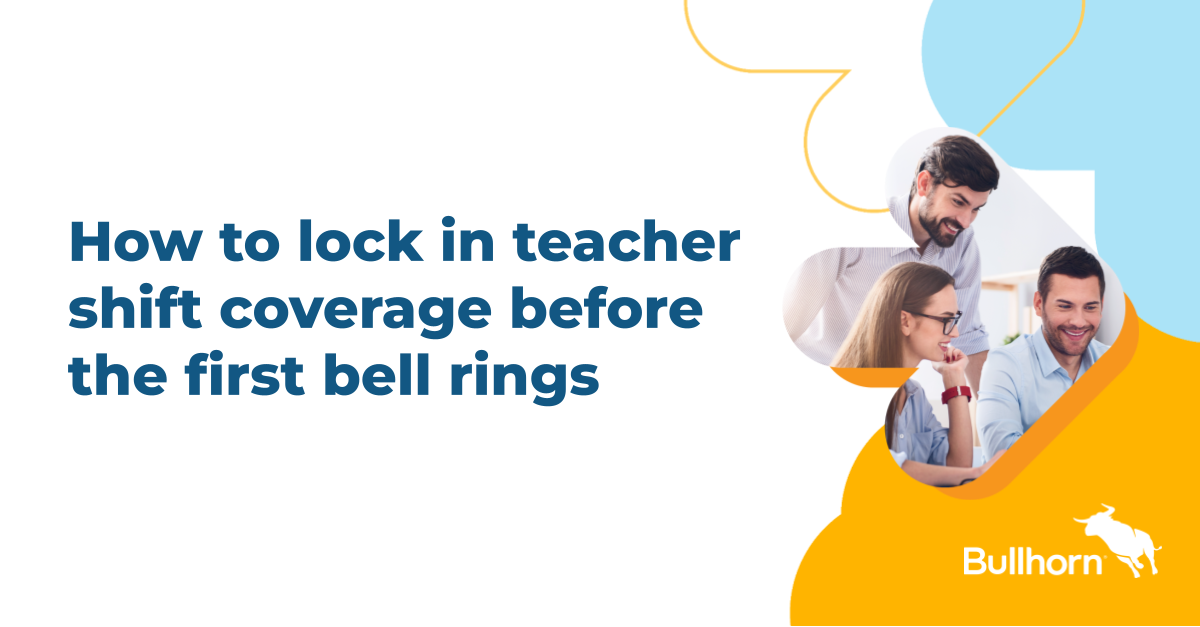Consulting Partners Driving Growth

The “Peter Principle” was first observed by Dr. Laurence J. Peter in 1968, and was described in his book of the same name. Roughly, it states that in an organizational hierarchy, employees will be promoted to their level of incompetence. In fact, it is not so much that weaknesses are laid bare, but that the new role brings a demand for unlearned skills. Dr. Laurence sums up the Peter Principle in this way: “The cream rises until it sours.”
This is as true for consultancies as it is for any other profession. The Peter Principle applies to the increasing requirement for partners to generate new business. The common view that the mechanics of drumming up trade “is not what I signed up for” has been overridden by the recognition that partners – or those aspiring to this position – are judged not merely on the quality of their work, but on the commercial value they add to the firm. When a consultant is armed with the proper tools, however, new business generation becomes a natural extension of a consultant’s career-long status as a trusted advisor. The only difference is that the consultant isn’t a client. Not yet, anyway.
Modern relationship management software may be just the toolkit that consultants need. For example, by properly capturing the details of new contacts within a client agency, these relationships can be properly nurtured, ensuring that the ball isn’t dropped if an opportunity arises. The software can flag when a key contact has been overlooked for too long and prompt a meeting. Mobile access allows “dead time” when waiting for a train, for instance, to be put to better use by giving you contact details wherever you are. Additionally, customer relationship management software can identify new points of commonality (“I see that our two companies are doing some interesting work together in Australia – why don’t we have lunch and we can talk through it?”).
The key point here is that integrating relationship management into everyday work life enables timely discussions around client needs, often long before a project is fully scoped out. This allows you to offer early-stage consultancy and naturally positions you as the trusted advisor of choice when an opportunity becomes concrete.
So, don’t be a Peter (or a Petra) – give yourself the tools you need to embrace the new business dimensions of your role, something that will aid the development of both you and your consultancy. If you want to find out more, feel free to get in touch. If you liked this post, please take the time to share it with your community.








